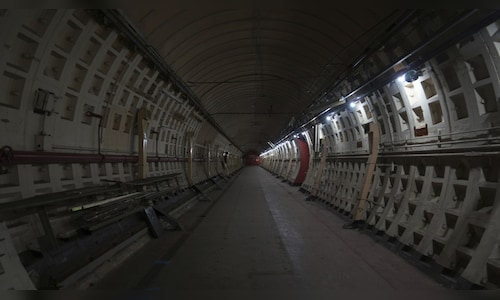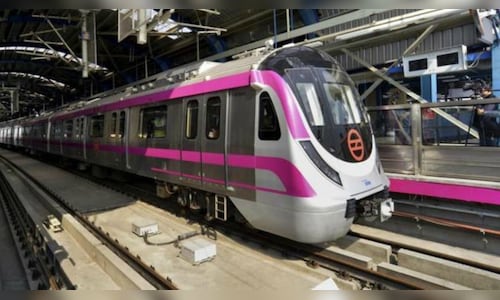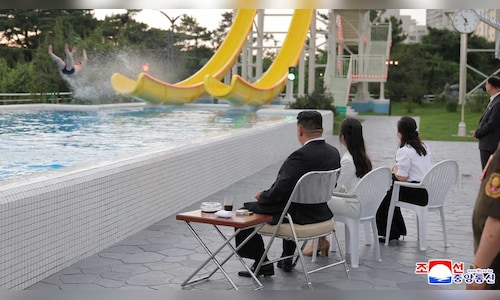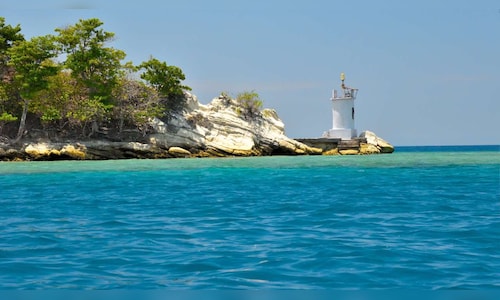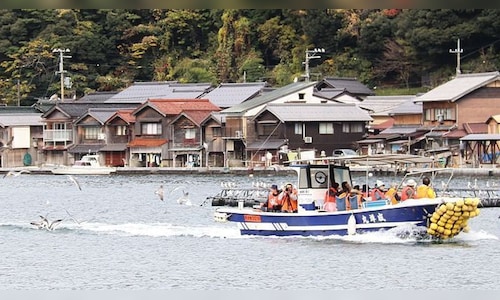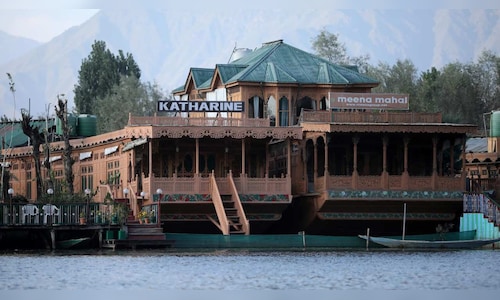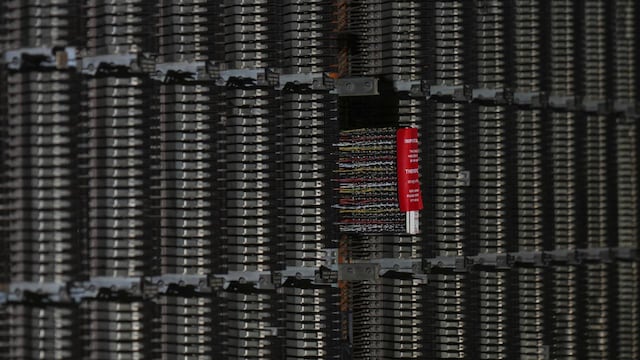

1 / 8
Deep beneath London lies a historically rich network of tunnels that played a crucial role during World War II and the Cold War. This hidden area—once a closely guarded secret—might soon become a prominent tourist attraction. Plans have been approved for a 90,000 square-foot site to host a spy museum, an interactive World War II memorial, and one of the world’s deepest underground bars. (Image: AP)
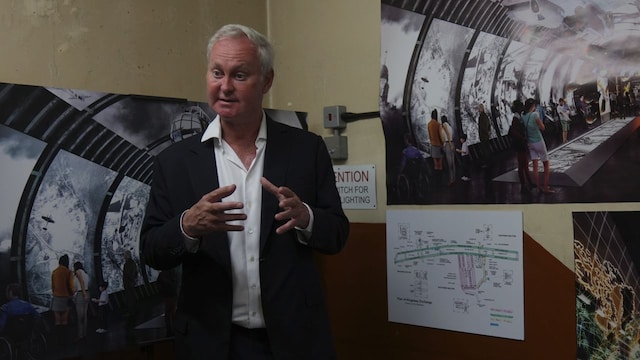

2 / 8
According to Angus Murray, chief executive of The London Tunnels, ‘It’s an amazing space, an amazing city.’ The tunnels, located directly beneath the Central Line in Holborn, were constructed secretly in 1940 during fears of a Nazi invasion. Designed to accommodate 8,000 individuals, they stretch in parallel and measure 16-and-a-half feet wide and 1,300 feet long. (Image: AP)


3 / 8
While the tunnels were designed for shelter, they were never used for that purpose. By the time they were completed in 1942, the worst of the Blitz had passed, leading Underground officials to convert subway stations into shelters instead. The tunnels later served as a government communications center and the headquarters for the Special Operations Executive (SOE), which dispatched agents—including many women—on sabotage missions in Nazi-occupied regions, under directives from Prime Minister Winston Churchill to ‘set Europe ablaze.’ Notably, naval officer Ian Fleming, who would go on to create the James Bond character, was linked to the SOE, and it is estimated that these tunnels may have inspired his secret agent narratives. (Image: AP)
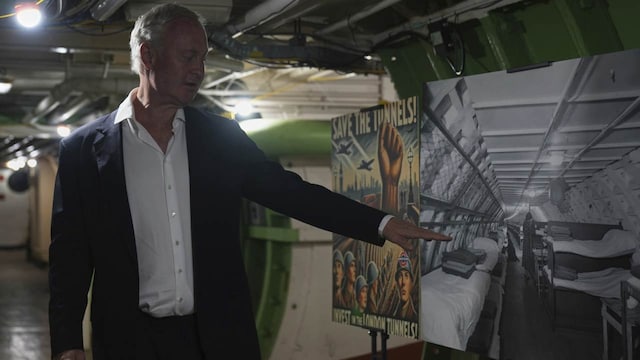

4 / 8
As Murray remarked, ‘This truly is the Q Branch of James Bond.’ In the post-war era, additional tunnels were integrated into the complex, transforming the site into a secure telephone exchange. From the mid-1950s, it served as a terminal for the first trans-Atlantic undersea telephone cable. Following the Cuban Missile Crisis in 1962, a ‘red telephone’ hotline linking the Pentagon and Kremlin was established and routed through these tunnels. (Image: AP)
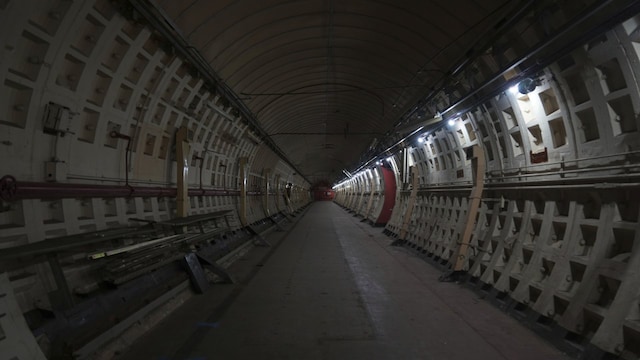

5 / 8
Around 200 staff worked in the underground facility, required to maintain secrecy but enjoying amenities like a canteen and a bar. At one point, there was also a bunker designed for use in the event of nuclear conflict. However, with advancements in technology, British Telecom (BT) vacated the site. The tunnels remained largely overlooked until BT sold them in 2023 to a private equity group led by Murray. (Image: AP)
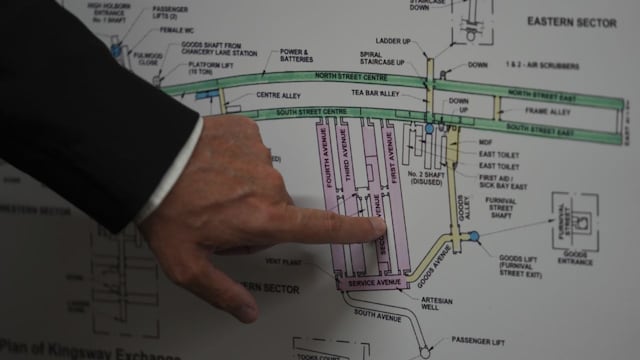

6 / 8
Future plans entail creating a memorial for the over 40,000 civilians who lost their lives due to German bombings during the war, alongside cultural exhibitions and a nightlife venue that Murray claims will be ‘the deepest bar in the world.’ Additionally, Britain’s Military Intelligence Museum—which is currently situated on a military base in northern London, where it has limited public access—will transfer its collection of over 300 years of military history to the tunnels, significantly elevating its visibility and the importance of the narratives involved. (Image: AP)
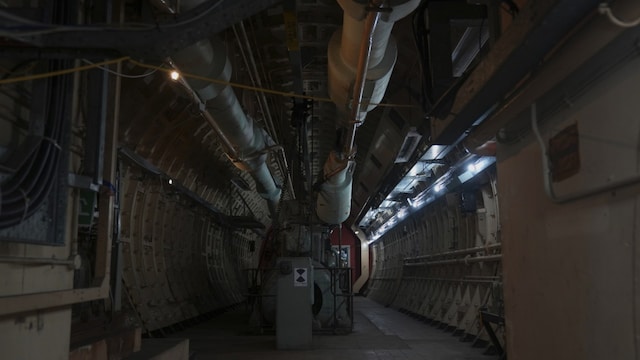

7 / 8
According to Alistair, the chair of the museum’s board of trustees, ‘It’s not targeted at people who already have an interest in military topics. A significant theme of the new museum will be the skills and tools military intelligence has developed over centuries… the fundamental question being, how do we distinguish truth from lies?’ The museum will also delve into the hidden narrative of the Special Operations Executive. Its collection features agent messages, supplies, and equipment used in wartime sabotage efforts. (Image: AP)


8 / 8
Alistair noted, ‘Most of the individuals who worked in SOE never discussed their experiences, neither then nor later, and much of the documentation has vanished.’ He added, ‘A substantial amount is known about SOE, yet we don’t possess all the details, and it’s likely we will never uncover everything.’ The entrance to the tunnels is currently an unmarked door in an alley, and traversing the cool, shadowy corridors evokes the excitement of discovering a hidden segment of history. The thick concrete walls surround vintage generators, telecommunications equipment, a staff canteen with a functioning kitchen, and a bar decorated in a nostalgic 1960s style reminiscent of ‘Austin Powers.’ (Image: AP)







